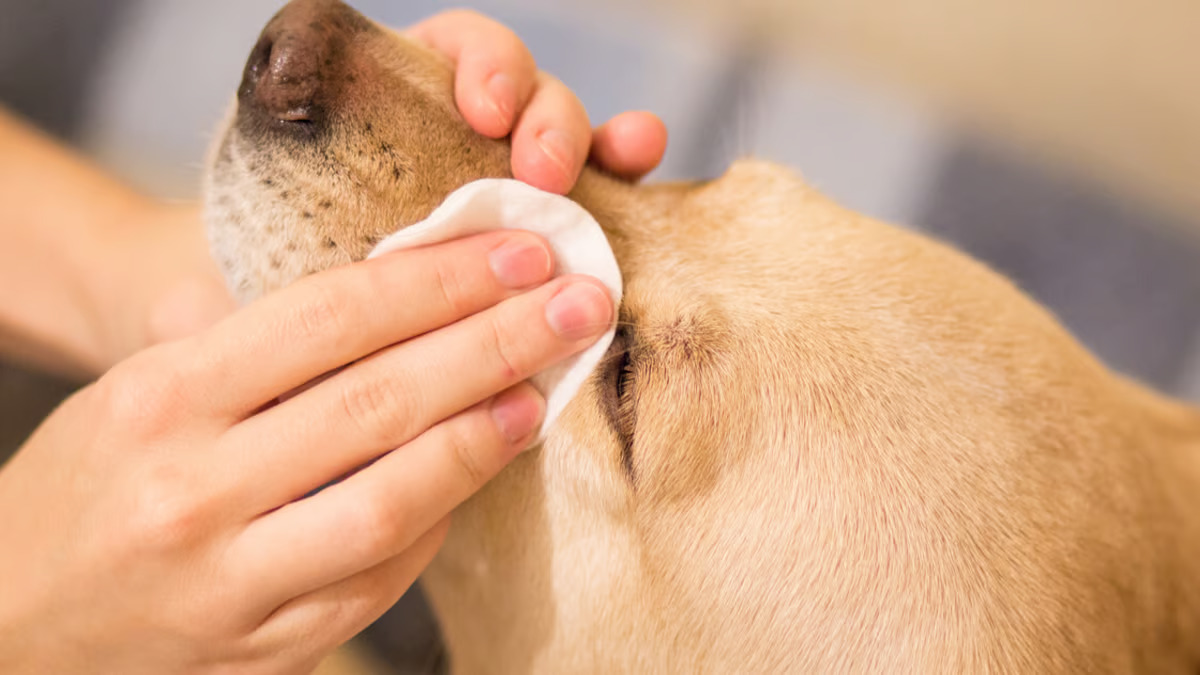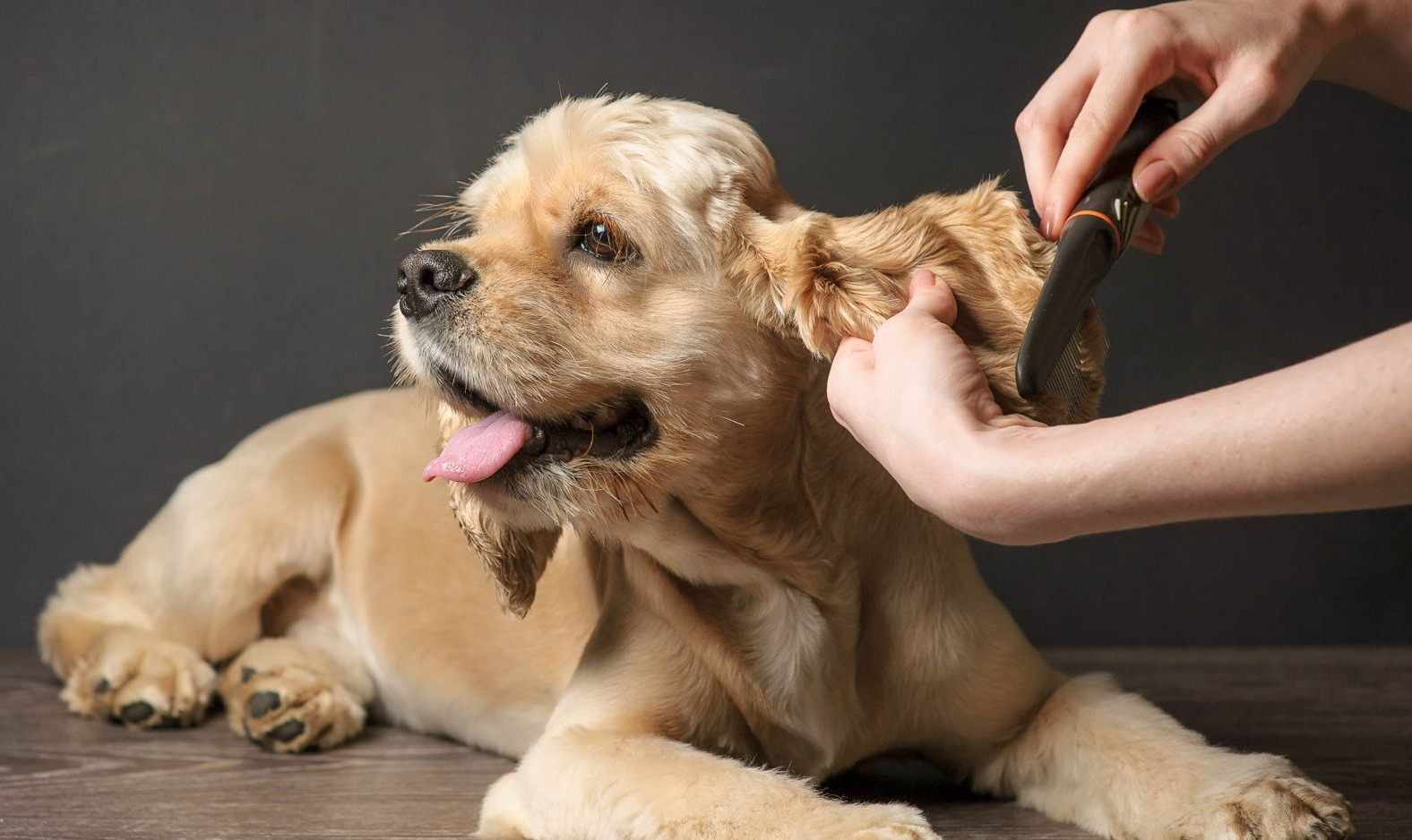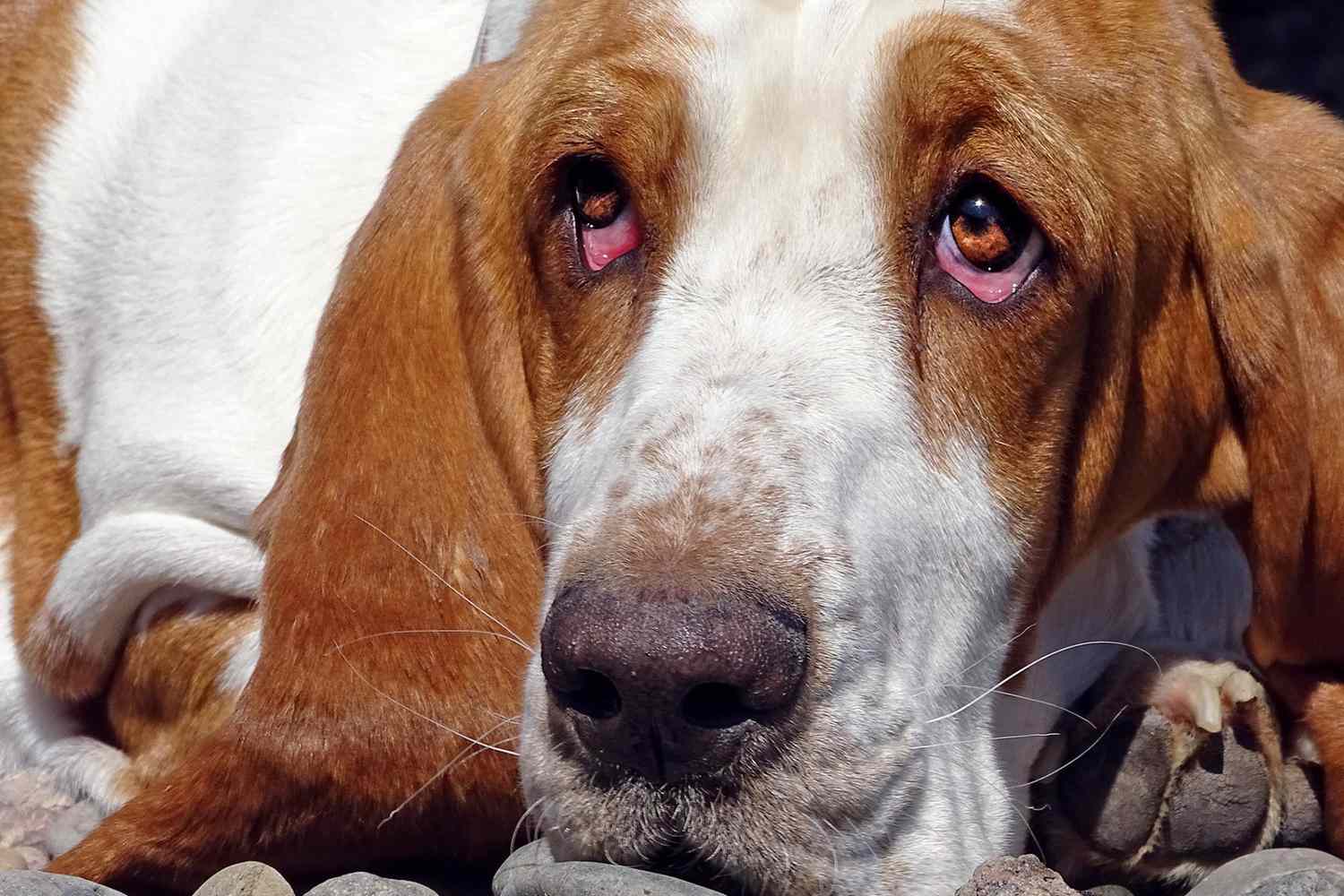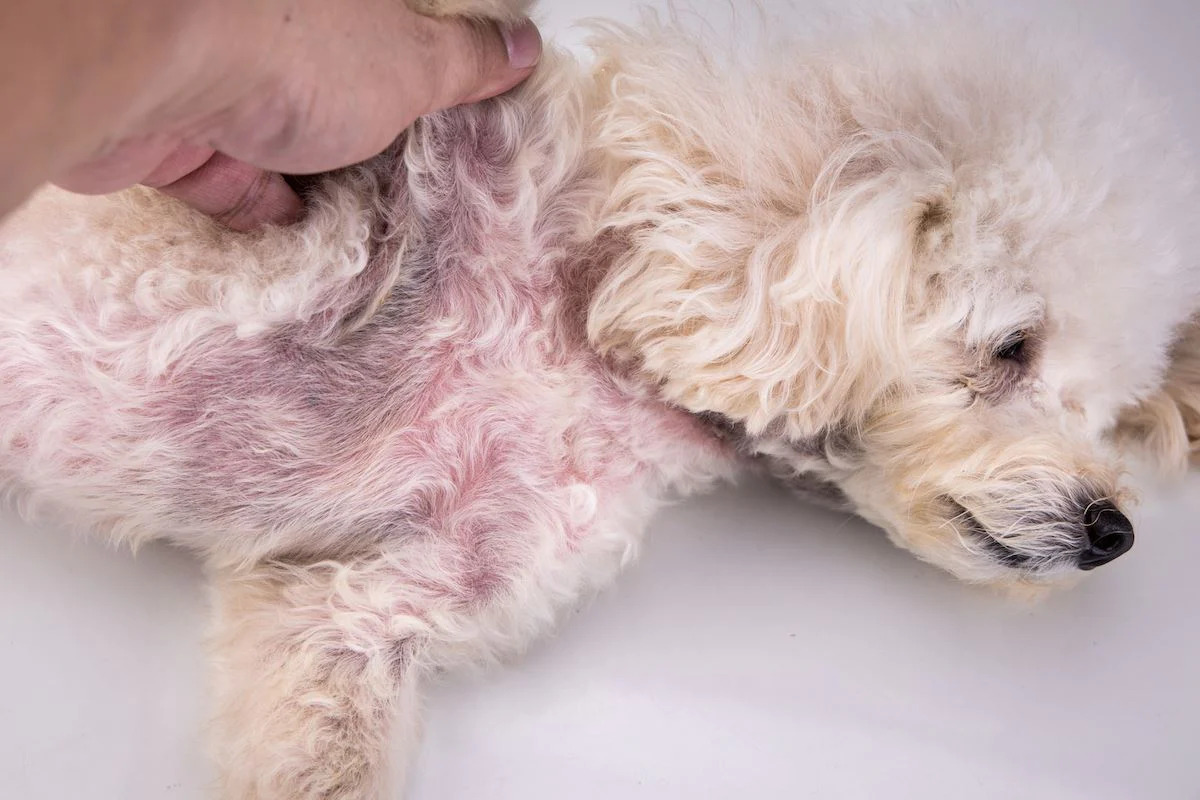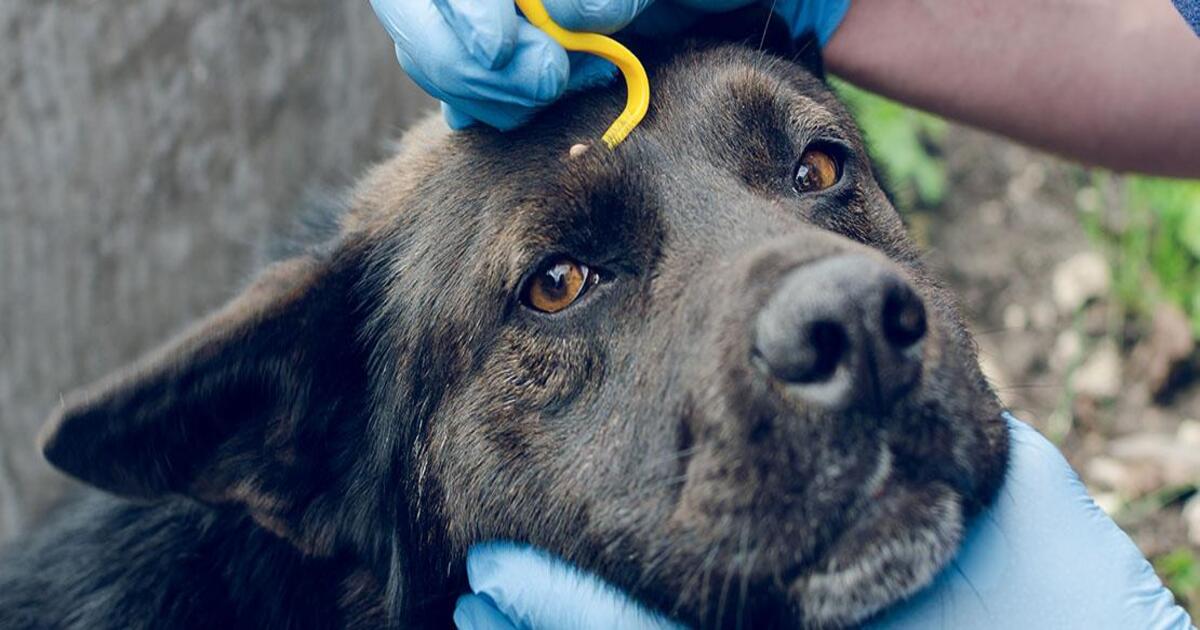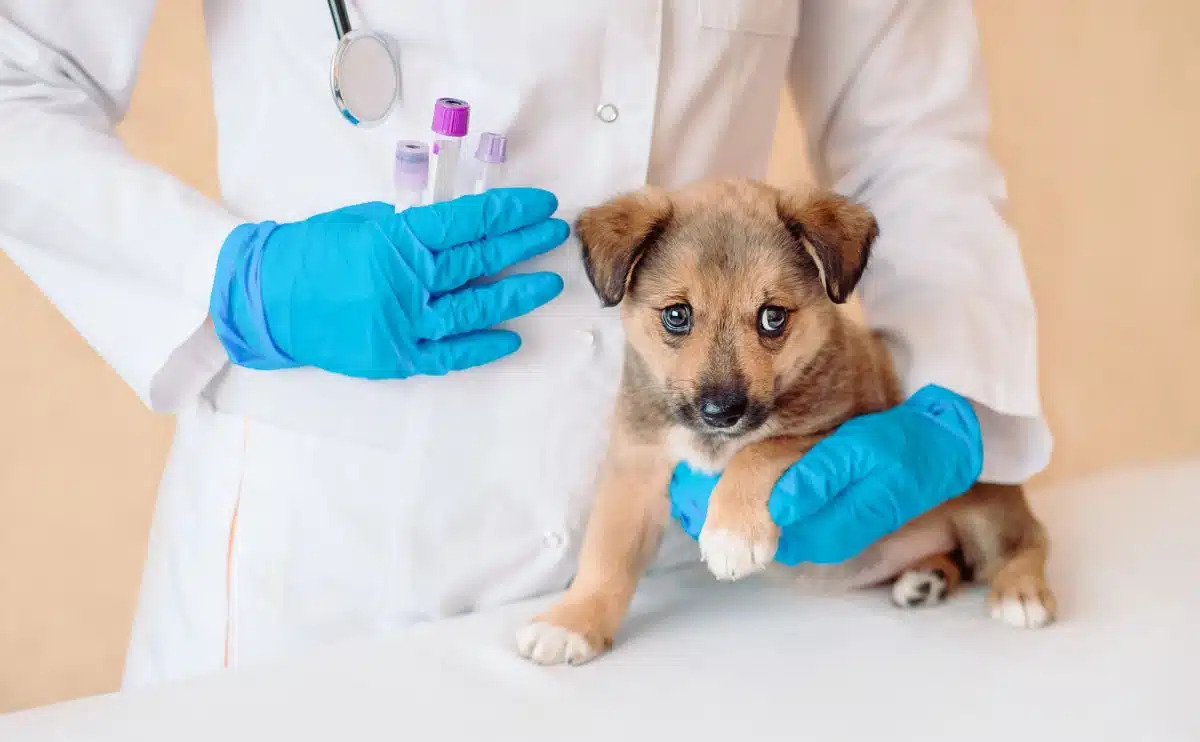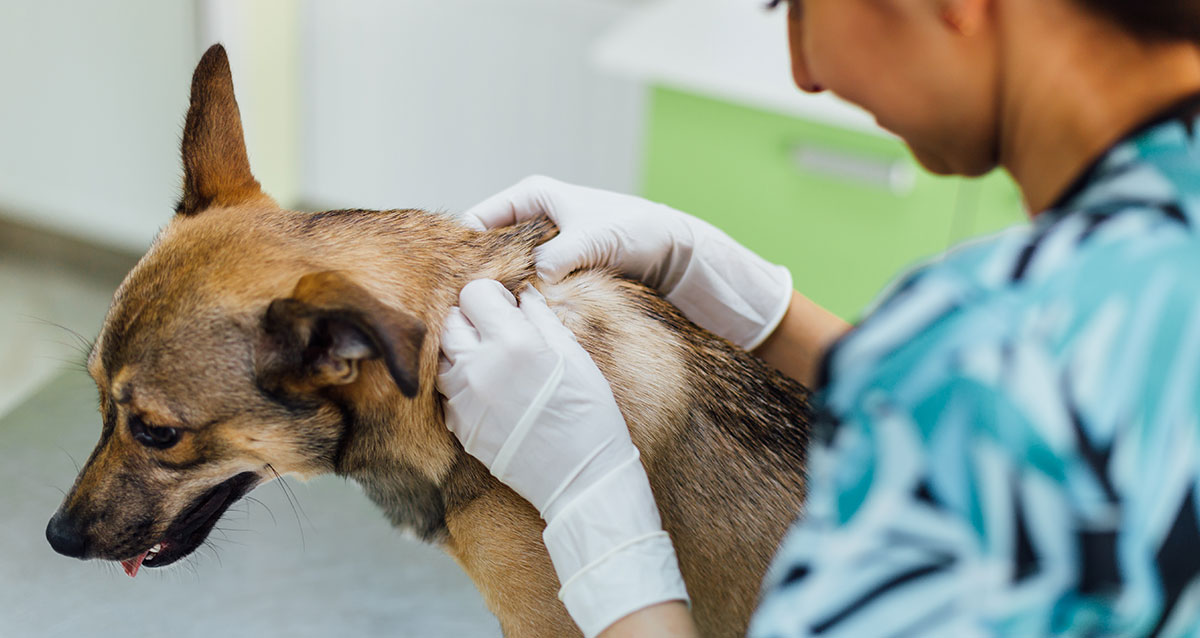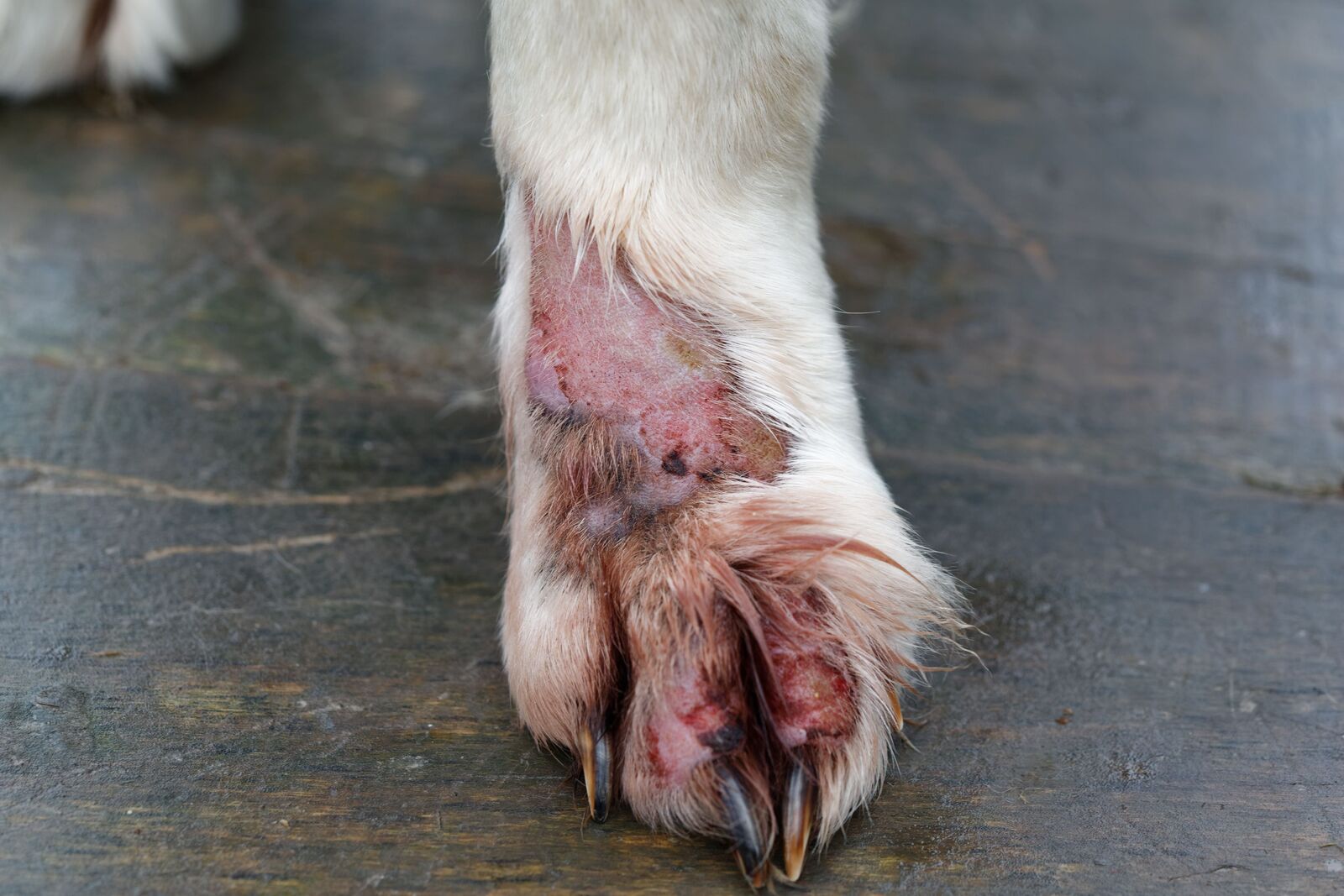Home>Health & Wellness>Common Health Issues>What Dog Allergy Causes Fur To Fall Out?
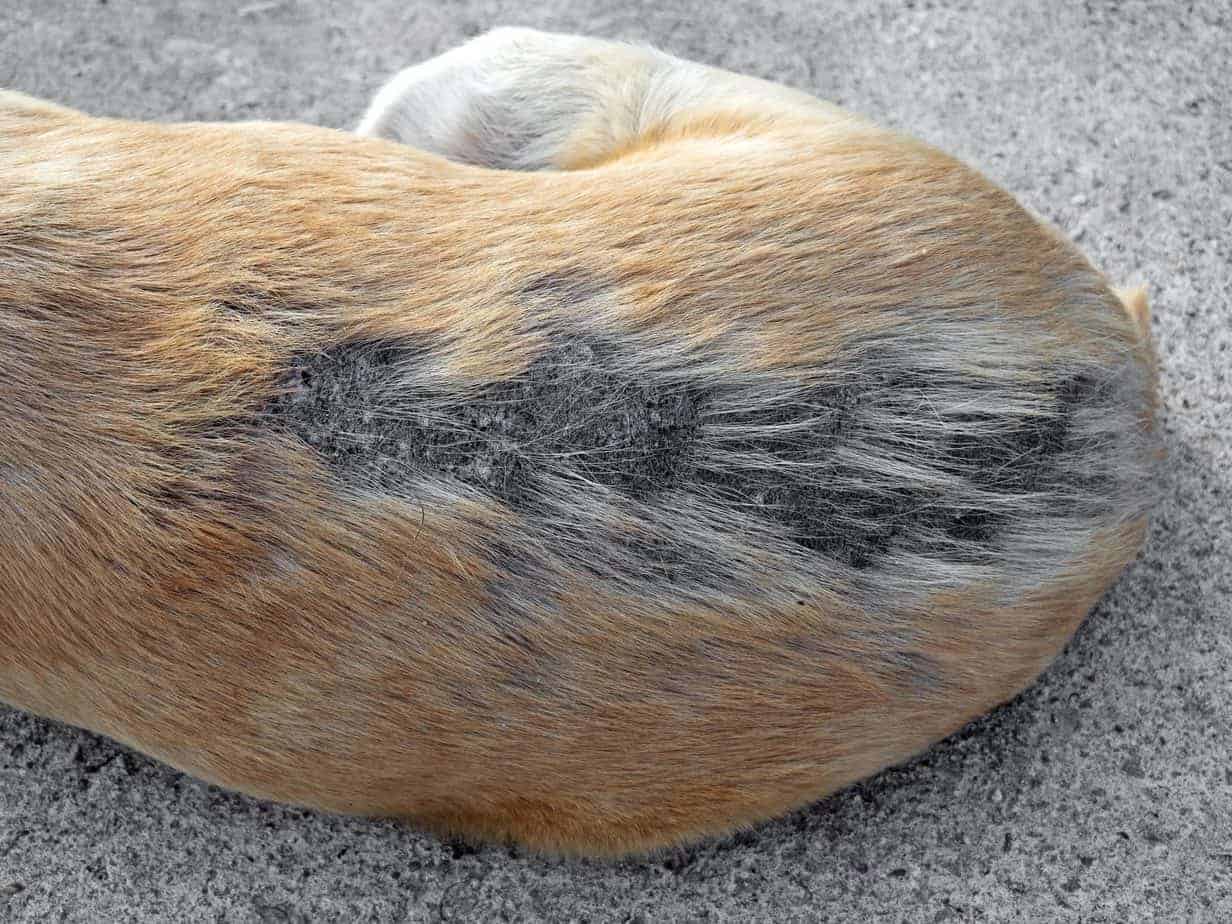

Common Health Issues
What Dog Allergy Causes Fur To Fall Out?
Published: January 31, 2024
Learn about common health issues that can cause fur to fall out in dogs, including allergies and their symptoms. Understand the causes and treatments for dog allergies.
(Many of the links in this article redirect to a specific reviewed product. Your purchase of these products through affiliate links helps to generate commission for Pawsomeoldies.com, at no extra cost. Learn more)
Table of Contents
Introduction
Dog allergies are a common concern for pet owners, often leading to distressing symptoms such as fur loss. It can be heartbreaking to witness your furry friend experiencing discomfort and irritation due to allergies. Understanding the underlying causes of fur loss in dogs with allergies is crucial for providing them with the care and support they need.
Allergies in dogs can manifest in various ways, with fur loss being a prominent symptom. It's essential to recognize the signs of allergies early on to prevent further discomfort for your beloved pet. By delving into the common causes of fur loss in dogs with allergies and learning how to identify and manage these allergies, you can take proactive steps to ensure your dog's well-being and happiness.
In this article, we will explore the intricate world of dog allergies, shedding light on the factors that contribute to fur loss in allergic dogs. By gaining a deeper understanding of these issues, you can become better equipped to provide your canine companion with the care and attention they deserve. Let's embark on this enlightening journey to unravel the mysteries of dog allergies and fur loss, empowering you to make informed decisions for your furry friend's health and happiness.
Understanding Dog Allergies
Dog allergies are immune system reactions to substances that are typically harmless to most animals. When a dog with allergies comes into contact with these allergens, their immune system overreacts, triggering a range of symptoms. Allergies can be triggered by various factors, including certain foods, environmental elements, and even fleas. Understanding the different types of dog allergies is essential for identifying and addressing the underlying causes of fur loss in allergic dogs.
Types of Dog Allergies
-
Environmental Allergies: Dogs can develop allergies to environmental factors such as pollen, mold, dust mites, and grass. When exposed to these allergens, dogs may experience symptoms such as itching, skin irritation, and fur loss.
-
Food Allergies: Some dogs may be allergic to specific ingredients in their food, such as beef, chicken, dairy, or grains. Food allergies can lead to digestive issues, skin problems, and fur loss.
-
Flea Allergies: Flea saliva is a common allergen for dogs. Even a single flea bite can trigger an allergic reaction, causing intense itching, skin inflammation, and fur loss.
Symptoms of Dog Allergies
Recognizing the symptoms of dog allergies is crucial for early intervention and effective management. Common signs of allergies in dogs include:
-
Excessive Scratching: Dogs with allergies often scratch excessively, leading to skin irritation and fur loss.
-
Skin Irritation: Allergic reactions can cause redness, rashes, and hot spots on the skin, contributing to fur loss in affected areas.
-
Ear Infections: Allergies can lead to ear infections, characterized by itching, discharge, and odor.
-
Digestive Issues: Food allergies may manifest as digestive problems, including diarrhea, vomiting, and flatulence.
Impact on Fur Health
Allergies can significantly impact the health of a dog's fur. Constant scratching and skin irritation can lead to fur loss, leaving the coat looking patchy and unkempt. In severe cases, dogs may develop secondary skin infections due to allergies, further exacerbating fur loss and discomfort.
By understanding the various types of dog allergies and their associated symptoms, pet owners can be proactive in seeking appropriate veterinary care and implementing measures to alleviate their dog's discomfort. In the following sections, we will delve into the common causes of fur loss in dogs with allergies and explore strategies for identifying and managing these allergies effectively.
Read more: When Ticks Fall Off Dogs
Common Causes of Fur Loss in Dogs with Allergies
Fur loss in dogs with allergies can be attributed to a variety of common causes, each contributing to the distressing symptoms experienced by allergic dogs. Understanding these underlying factors is crucial for implementing targeted interventions to alleviate fur loss and improve the overall well-being of affected pets.
-
Constant Scratching and Licking: Dogs with allergies often experience intense itching, prompting them to scratch and lick affected areas excessively. This persistent behavior can lead to fur loss, as the constant friction and moisture from licking can damage the hair follicles and skin, resulting in patchy or thinning fur.
-
Skin Inflammation and Irritation: Allergic reactions in dogs can cause significant skin inflammation and irritation. This can manifest as redness, rashes, and hot spots, which not only contribute to discomfort but also lead to fur loss in the affected regions. The compromised skin barrier due to inflammation can disrupt the normal hair growth cycle, resulting in fur shedding.
-
Secondary Skin Infections: Dogs with allergies are prone to developing secondary skin infections, particularly when excessive scratching and skin irritation create an ideal environment for bacterial or fungal overgrowth. These infections can exacerbate fur loss, as the skin's compromised condition hinders the healthy growth and maintenance of the coat.
-
Underlying Food Sensitivities: Food allergies or sensitivities can trigger allergic reactions in dogs, leading to digestive issues and skin problems, including fur loss. Certain ingredients in commercial pet foods, such as beef, chicken, dairy, or grains, can provoke allergic responses, impacting the dog's skin and coat health.
-
Flea Infestations and Allergic Reactions: Flea saliva contains allergenic compounds that can trigger severe allergic reactions in dogs. Even a single flea bite can lead to intense itching, skin inflammation, and fur loss. In addition to the direct irritation caused by flea bites, dogs may exacerbate fur loss through excessive scratching in response to flea infestations.
-
Environmental Allergens: Pollen, mold, dust mites, and other environmental allergens can provoke allergic responses in dogs, leading to skin irritation and fur loss. Dogs that spend time outdoors or are exposed to indoor allergens may exhibit fur loss as a result of their immune system's reaction to these environmental triggers.
Understanding these common causes of fur loss in dogs with allergies empowers pet owners to take proactive measures in managing their dog's condition. By addressing the underlying factors contributing to fur loss, such as skin inflammation, secondary infections, and allergic triggers, pet owners can work towards restoring their dog's coat health and alleviating the discomfort associated with allergic reactions.
Identifying and Managing Dog Allergies
Identifying and managing dog allergies is essential for ensuring the well-being of your furry companion. By recognizing the signs of allergies and implementing effective management strategies, pet owners can help alleviate their dog's discomfort and improve their overall quality of life.
Identifying Dog Allergies
-
Consulting a Veterinarian: If you suspect that your dog is experiencing allergies, seeking professional veterinary guidance is crucial. A veterinarian can conduct comprehensive allergy testing to identify specific allergens that may be triggering your dog's symptoms. This may involve skin tests, blood tests, or elimination diets to pinpoint the underlying allergens.
-
Observing Symptoms: Pay close attention to any unusual symptoms exhibited by your dog, such as excessive scratching, skin redness, ear infections, or digestive issues. Documenting these symptoms and their frequency can provide valuable insights for your veterinarian when diagnosing and managing your dog's allergies.
-
Environmental Assessment: Assess your dog's living environment for potential allergens, including pollen, mold, dust mites, and other environmental triggers. Making adjustments to minimize your dog's exposure to these allergens can help alleviate their allergic reactions and reduce fur loss.
Managing Dog Allergies
-
Allergen Avoidance: Once specific allergens are identified, taking steps to minimize your dog's exposure to these triggers is paramount. This may involve using air purifiers, regularly cleaning your dog's living space, and implementing measures to reduce contact with environmental allergens.
-
Dietary Modifications: In the case of food allergies, transitioning your dog to a hypoallergenic or limited ingredient diet may be recommended. Avoiding common allergens such as beef, chicken, dairy, and grains can help manage food-related allergic reactions and improve your dog's skin and coat health.
-
Medication and Supplements: Your veterinarian may prescribe medications such as antihistamines, corticosteroids, or immune-modulating drugs to alleviate your dog's allergy symptoms. Additionally, supplements containing omega-3 fatty acids and other skin-supporting nutrients can contribute to coat health and reduce fur loss associated with allergies.
-
Regular Grooming and Skin Care: Implementing a regular grooming routine and using gentle, hypoallergenic shampoos can help soothe your dog's skin and maintain a healthy coat. This can be particularly beneficial for dogs with skin irritation and fur loss due to allergies.
By actively identifying and managing your dog's allergies, you can make a significant difference in their comfort and well-being. Collaborating closely with your veterinarian and implementing targeted strategies to address your dog's specific allergic triggers can lead to a happier, healthier life for your beloved pet.
Conclusion
In conclusion, understanding the complex interplay between dog allergies and fur loss is pivotal for pet owners seeking to provide optimal care for their canine companions. Allergies can manifest in various forms, impacting a dog's skin, coat, and overall well-being. The common causes of fur loss in dogs with allergies, including constant scratching, skin inflammation, secondary infections, food sensitivities, flea infestations, and environmental triggers, underscore the multifaceted nature of allergic reactions in dogs.
By recognizing the symptoms of dog allergies and delving into the underlying causes of fur loss, pet owners can take proactive steps to mitigate their dog's discomfort. Identifying specific allergens through veterinary guidance and environmental assessments enables targeted allergen avoidance strategies, dietary modifications, and the implementation of appropriate medications and supplements. Furthermore, maintaining a consistent grooming and skin care routine can contribute to soothing skin irritation and promoting a healthy coat in allergic dogs.
The journey of managing dog allergies and addressing fur loss is a collaborative effort between pet owners and veterinary professionals. By fostering a deeper understanding of their dog's unique allergic triggers and implementing tailored management strategies, pet owners can significantly enhance their dog's quality of life. Through patience, diligence, and a deep sense of empathy, pet owners can navigate the complexities of dog allergies, offering their furry friends the comfort and support they deserve.
Ultimately, the bond between a pet and their owner transcends the challenges posed by allergies, fostering a relationship built on compassion, resilience, and unwavering dedication. By embracing the intricacies of dog allergies and fur loss, pet owners embark on a journey of empathy and advocacy, championing the well-being of their beloved companions. With a steadfast commitment to understanding, managing, and alleviating the impact of allergies, pet owners play a pivotal role in nurturing their dog's health and happiness, enriching the shared journey of companionship and care.
